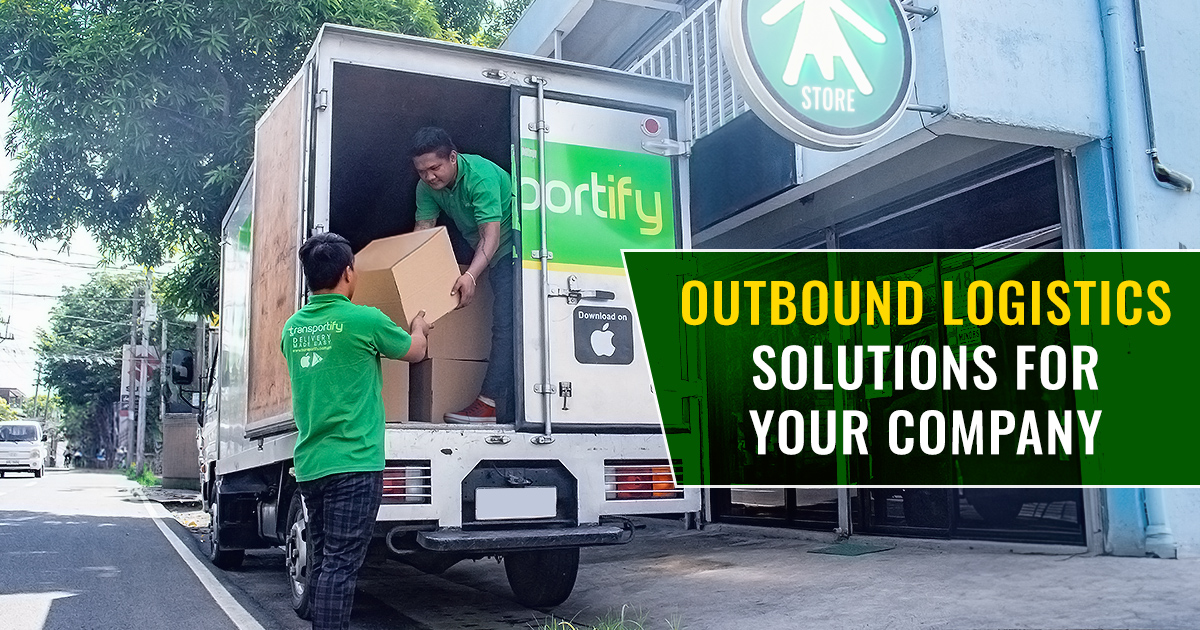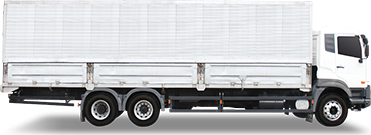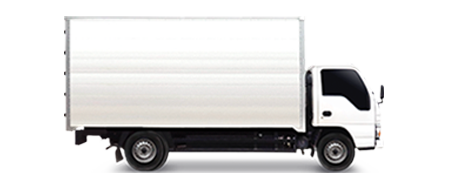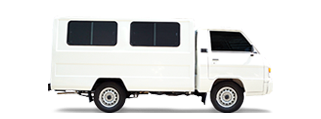
Logistics and transportation operations are vital in any part of the world and is often considered as a central component of the world economy. These operations enable trade and commercial activities, transport essential items such as medical equipment and help MSMEs (micro, small and medium enterprises) grow. Although the term logistics encompasses a broad meaning, our main topic in this article will be about outbound logistics and how Transportify provides these logistics solutions to companies in the Philippines. Read on to learn more.
Strategies for Enhancing Outbound Logistics Efficiency
First of all, it is important to define what outbound logistics are in order to have the right context in this article. Outbound logistics refers to the operation of storing and distributing products from a warehouse or storage facility to the final destination. In other words, outbound logistics, as opposed to inbound logistics, is customer facing in nature since it is a step closer to the end of the supply chain logistics service.
With that said, let us now explore the logistics solutions that help move the goods or finished product from the warehouse to its final destination.
Vehicle Type Dimensions/
Weight LimitsBase Price
(Metro Manila)Base Price
(Outside Metro Manila) Base Price
(Visayas/Mindanao) Wing Van
Wing Van 32 to 40 x 7.8 x 7.8 ft
12000kg to 28000kg7000 PHP 6500 PHP 6500 PHP ![]() 6w Fwd Truck
6w Fwd Truck18 x 6 x 7 ft
7000kg4850 PHP 4850 PHP 4850 PHP  Closed Van
Closed Van10 to 14 x 6 x 6 ft
2000kg to 5000kg1600 PHP 1450 PHP 1450 PHP  Open Truck
Open Truck10 to 21 x 6 ft x open
2000kg and 7000kg2300 PHP 1950 PHP 1950 PHP  L300/Van
L300/Van8 x 4.5 x 4.5 ft
1000kg415 PHP 374 PHP 335 PHP  Small Pickup
Small Pickup5 x 5 ft x open
1000kg418 PHP 338 PHP 325 PHP ![]() Light Van
Light Van5.5 x 3.8 x 3.8 ft
600kg375 PHP 292 PHP 275 PHP ![]() MPV/SUV
MPV/SUV5 x 3.2 x 2.8 ft
200kg240 PHP 210 PHP 160 PHP ![]() Sedan
Sedan3.5 x 2 x 2.5 ft
200kg220 PHP 190 PHP 140 PHP
Storage facility
Thanks to advancements in technology, the Philippine warehouse and logistics sector has experienced some positive growth. For example, robotics and other automation technology solutions are being implemented in order to expedite the loading and unloading processes. On top of that, the growth of the ecommerce industry which increased the need for last mile logistics made it necessary for retailers to rent out warehouses to store their goods.
With regards to logistics, a warehouse or storage facility is necessary to maintain an efficient process. This is because in a warehouse, the finished goods are consolidated in one area and then loaded into a truck in one operation. As opposed to having multiple pickup destinations, storing items in a warehouse provides a more convenient and efficient way of moving goods.
Thus, having a storage facility such as a warehouse is very much needed in the logistics operations because it makes the entire delivery process more efficient.
Wide range of delivery vehicles
Having a wide range of delivery vehicles is necessary to fulfill the logistics needs of the clients. When it comes to the types of delivery requirements, it is important to have many trucks so that an appropriate logistics solution can be provided.
For example, there are cases when the outbound logistics requirement requires a refrigerated truck for transporting temperature sensitive products. These items could be meat or vegetable products that need to be transported at a low temperature. For deliveries of appliances or furniture products from a warehouse to a distribution center, the perfect vehicle for this logistics solution would be a closed van or a 6w forward truck. These vehicles have a closed body which gives protection from the elements while in transit. Another outbound logistics operation would be transporting construction aggregates to the construction site. Items like sand and gravel are needed in almost all construction projects which is why an open truck of Transportify for construction hauling is needed in this type of logistics solution.
In order for a logistics company to satisfy the delivery requirements of its clients, it is necessary for it to have a wide range of delivery vehicle types. Having a diverse fleet of delivery trucks makes the logistics company more capable of handling logistics operations.
Last Mile Delivery Services
As the name suggests, logistics solutions are focused on getting the goods or products to the hands of customers. Thus, it is important that last mile delivery operations are part of the outbound logistics solution. This enables a company to deliver goods straight to the homes of customers.
Online retailers are primary users of last mile delivery services since this is their main method of delivering goods to their clients. However, other companies, such as those selling appliances and furniture can use last mile delivery services to satisfy orders from their customers.
Why are Logistics Solutions Important?
According to a report from the Global Logistics Market, the market size of the logistics industry will grow by over 300 billion US dollars by 2022. The reason for this is that more and more companies are outsourcing their delivery operations to logistics providers as a way of cutting down on operational costs. Partnering up with third party delivery companies would enable a business to expand because it can fulfill all of its delivery requirements and reach new destinations.
On top of that, the rise of the e-commerce industry has been a major driving force in propelling the logistics sector forward. With the rising popularity of online selling platforms and the ease and convenience it provides consumers, it is no surprise that many Filipinos are choosing online shopping over the traditional way of going to the mall and purchasing an item. The upward trend in e-commerce means more last mile delivery operations for retailers engaged in this industry.
Another reason why the Philippines is experiencing a growth in its logistics sector is due to the infrastructure projects by the government. In recent years, the main thrust of this administration has been partnering up with the private sector on infrastructure projects such as roads, skyways, bridges and even airports. With this push in building and improving infrastructure, more investors will be attracted to setting up business establishments in the country which would increase the need for logistics solution providers.
SEE ALSO:
What is the Difference Between Inbound Logistics and Outbound Logistics?
There is a fair number of functions that will fall under the term “logistics”. These include warehousing, materials management, and fleet management among others. However, logistics as a concept, can be largely divided into both inbound and outbound processes.
Inbound logistics deals with the delivery of the raw materials, or finished product that comes into the warehouse. This can also include the relationship that is built and maintained between your warehouse and the suppliers.
Outbound processes on the other hand will refer to the transportation of the said goods from the warehouse and to your customers. This also implies the overall services that you provided your customers as well.
Inbound and outbound logistics are vital in your supply chain management strategy.
How to Optimize Your Outbound Logistics Process?
Outbound logistics is about improving and maintaining the relationship that you have with your own customers. Thus, it is important that this logistics process is well taken cared of. Here are some ways of cleverly optimizing your outbound processes for peak performance:
Use a third party logistics company
Using a third-party logistics (3PL) company is one way of achieving optimal results in your logistics operations. A 3PL company like Transportify has a wide range of delivery vehicles that can fulfill any type of logistics needs and excellent app based features such as 24/7 customer service support to assist you in all your delivery bookings.
Lower your overall inventory costs
Managing your inventory is key for keeping your overall warehousing costs to a minimum. As outbound logistics is about getting your products from the warehouses and to your customers on time, a great way of doing so is managing inventory costs. A quick response way of handling this is ordering additional stock so that you can have more on hand should you need it. However, this can increase your logistics costs if you end up with excessive redundant stock.
Choose better warehousing locations
The more central your warehouses are, and subsequently closer to transport hubs, the easier it will be to get your goods from the warehouse and into the hands of your customers. Spending more time to find better suited warehousing solutions can save you a considerable amount of money, while speeding up the last-mile process.
 | or |
Frequently Asked Questions:
What are some outbound logistics providers?
🚚 In Metro Manila, there are a lot of logistics companies that can fulfill outbound logistics requirements. Mober is an on-demand delivery app that has L300 vans and other light trucks for deliveries within the Metro Manila area. For small parcels, Grab can do it efficiently with their motorbikes. However, if you are looking to move heavy cargo to anywhere in Luzon, Cebu, and Davao the best choice would be Transportify.
What are examples of logistics solutions?
🚚 A common logistics solution being offered by delivery companies is last mile delivery. This means delivering goods from a warehouse to a distribution center or straight to a customer’s home. Another logistics solution is LTL service wherein the space of a delivery vehicle is shared by many clients. Lastly, another common solution is fixed price route wherein the price of a delivery from point A to point B is constant.




 INSTANT QUOTE
INSTANT QUOTE

 Chat
Chat